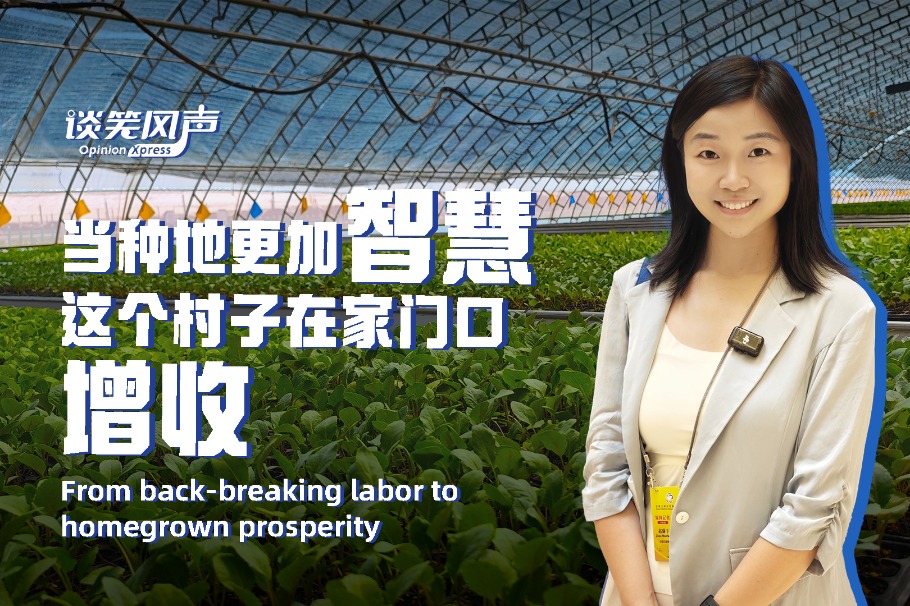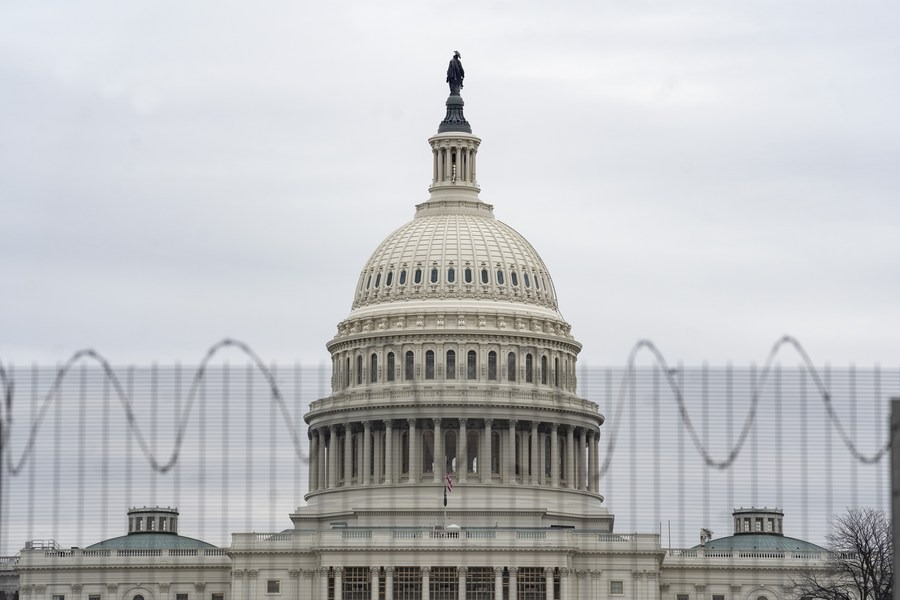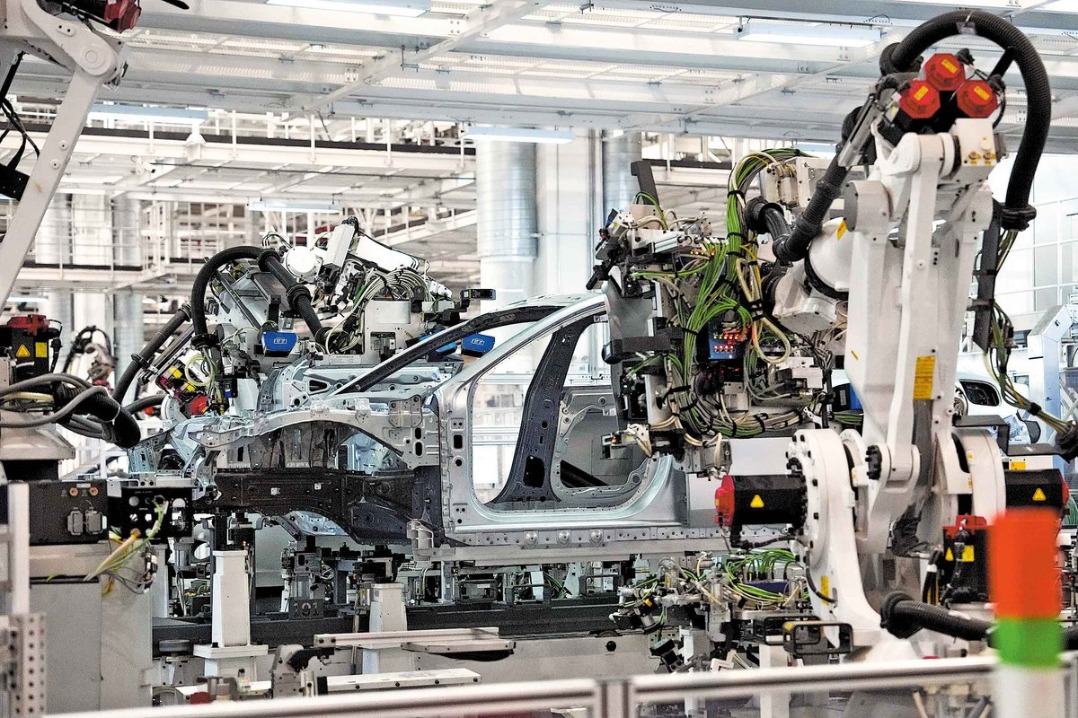Reform the way forward for economy


Editor's note: With the economy further slowing in 2019, the market is closely watching China's economic trend. 21st Century Business Herald comments:
The economy faced downward pressure in the past two years because China stopped using credit expansion to stimulate the economy.
Although China's growth model is not linked to monetary expansion any more, the country has vigorously promoted supply-side structural reform to eliminate low-efficiency industries.
This has increased the downward pressure on the economy, but it also has helped China avoid a hard landing and improved the market environment, which in turn promote sustainable and healthy development.
As a large economy in transition, China must combine long-term and immediate goals while being prepared to deal with short-term problems.
In 2020, the country should speed up the establishment of a market clearing system and eliminate zombie enterprises, debt default and liquidation, and other thorny issues. Eliminating zombie enterprises could increase debt default cases, but it is necessary to strengthen the rule of law and avoid excessive government intervention when tackling debt default.
Also, China should continue to reduce financing costs for the real estate sector, expedite the financial sector's supply-side reform and further optimize money supply. And it should not use monetary policy as a means to stimulate economic growth, and solve the structural problems through reform.
The country should continue to build a long-term management and regulation mechanism to stabilize land and housing prices. Despite various regulations and several years of adjustments, housing prices remain high. As such, China should take measures to control housing prices.
From a middle-and long-term perspective, China is in a favorable position for further development, so it should continue to advance planned reform measures to achieve further success.


































